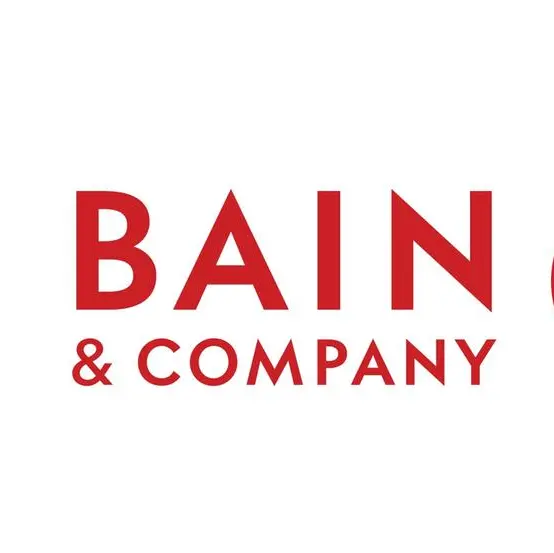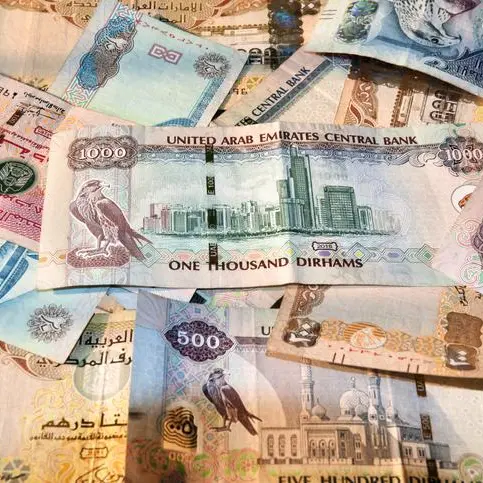Istanbul – The International Air Transport Association (IATA) called on governments and regulators to encourage stronger European cohesion and economic development by embracing policies to promote greater air connectivity. Key to this is recognizing the different strengths and benefits offered by the diverse types of carriers operating in Europe.
“Europe, just like the rest of the world, relies on air connectivity, which is vital for society, tourism, and trade. Business users of the European air transport network--large and small—have confirmed this in a recent IATA survey: 82% say that access to global supply chains is “existential” for their business. And 84% “cannot imagine doing business” without access to air transport networks. The deregulation that delivered the Single Aviation Market is one of the significant successes of the European project and it would be a travesty if regulations that failed to take proper account of the realities of the airline business were to undermine this achievement. New evidence shows that Europe benefits from many different kinds of airlines and it needs all these different business models – and the services they provide – to thrive,” said Willie Walsh, IATA’s Director General.
European regulators have chosen to tackle several challenging air transport issues in the coming months, including airport slots, passenger rights, and sustainability. These all have a potential impact on the choice and value that European travelers have come to expect, and it is vital that regulators have the full picture on the contribution different airline business models bring to air connectivity. To assist policymakers, IATA Economics developed a report analyzing the extent of the connectivity provided by Low-Cost Carriers (LCCs) and network carriers in Europe. The report shows that they offer different and complimentary types of connectivity, while also competing on many popular routes.
The report was launched at the IATA Wings of Change Europe event being held in Istanbul, Türkiye, 8-9 November. Its key findings include:
- The number of European-registered LCCs has nearly doubled since 2004 to 35, while the number of network carriers has fallen slightly over the same period (from 149 to 131)
- The number of passengers on origin-destination non-stop flights within Europe carried by LCCs reached 407.3 million in 2019, compared to 222.5 million for network carriers
- Within Europe, the number of origin-to-destination flight itineraries served by network carriers is 2-4 times greater than the flight itineraries served by LCCs before the pandemic.
The importance of transit passengers in facilitating services to remote or small urban centers is crucial. The network carriers’ hub-and-spoke model enables a large network of connections even where demand is relatively low. This ensures that even the smallest or most remote European city with a runway can be fully connected to a multitude of destinations across the world, enabling trade and economic development. The report details how
- The number of passengers flying connecting itineraries within Europe carried by LCCs was less than 9 million in 2019 compared to around 46 million carried by network carriers.
- While 72% of intra-European passenger demand flies on routes that have competition between LCCs and network carriers, that demand comprises only 6% of total intra-European itineraries. Some 79% of European itineraries are flown by network carriers only (compared to 15% which are LCCs-only). Thus, LCCs tend to compete with network carriers on the most popular routes, but network carriers perform a vital function providing connectivity to less popular European destinations, which is only viable because of the hub-and-spoke model.
- On intercontinental travel, network carriers unsurprisingly provide the vast bulk of connectivity. For intercontinental travel, there is competition for 13.5% of passenger demand, but the overlap in routes offered is just 0.3%.
- Cargo capacity is crucial for Europe’s trade. 99.8% of belly capacity is provided by network carriers, reflecting the huge demand for air cargo to intercontinental markets compared to the relatively low demand for intra-European air cargo. It should be noted that intercontinental belly capacity is supported by the viability of passenger hub-and-spoke connections.
“Stakeholders from across the aviation sector are united on the need for regulations which promote the coexistence of different business models, encouraging healthy competition and maximum consumer choice. Türkiye is a good example of how to grow national connectivity and allow different kinds of carriers to succeed. And what is crucial is that policies for growth go hand in hand with sustainable solutions,” said Mehmet T. Nane, Vice Chairperson and Managing Director of Pegasus Airlines and Chair of the IATA Board of Governors. Pegasus Airlines is the host of the third Wings of Change Europe conference, bringing together some 400 delegates to discuss key aero-political topics and promote a stronger European aviation sector.
Sustainable growth
Travel at every level must be sustainable. Aviation has set out a clear commitment to reduce its CO2 emissions to net-zero by 2050. This industry target was recently matched by governments at the International Civil Aviation Organization (ICAO). Achieving net-zero will require a huge effort from industry with government support. Policies to promote the production of Sustainable Aviation Fuels (SAF), to push for the development of zero-emissions aircraft, and to accelerate emissions savings through airspace and airport infrastructure, are vital.
“European States talk a good game on sustainability, but their record on delivery does not often match the ambition of their words. While some politicians flirt with ideas like banning short-haul air travel, which would save less than 5% of emissions at huge economic cost, practical measures like the Single European Sky for air traffic control, which would cut emissions up to 10%, remain politically frozen. The focus on SAF is welcome but forcing it to be delivered equally at all airports across the EU makes no sense. A book and claim system would facilitate faster adoption at much lower cost without in any way diminishing the environmental benefits. We should be focusing on incentivizing SAF production in the greatest quantities at the lowest cost, wherever that may be,” said Walsh.
-Ends-
About IATA
- IATA (International Air Transport Association) represents some 290 airlines comprising 83% of global air traffic.
- You can follow us at twitter.com/iata for announcements, policy positions, and other useful industry information.
- Read ‘One Size Does Not Fit All’ IATA Economics report
- Fly Net Zero



















